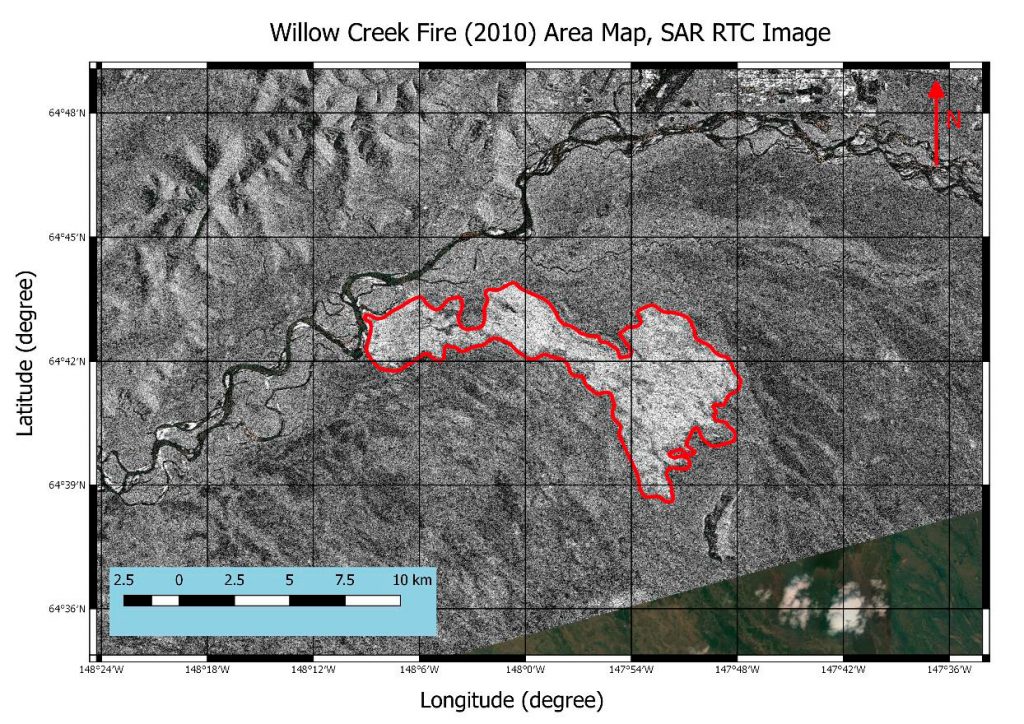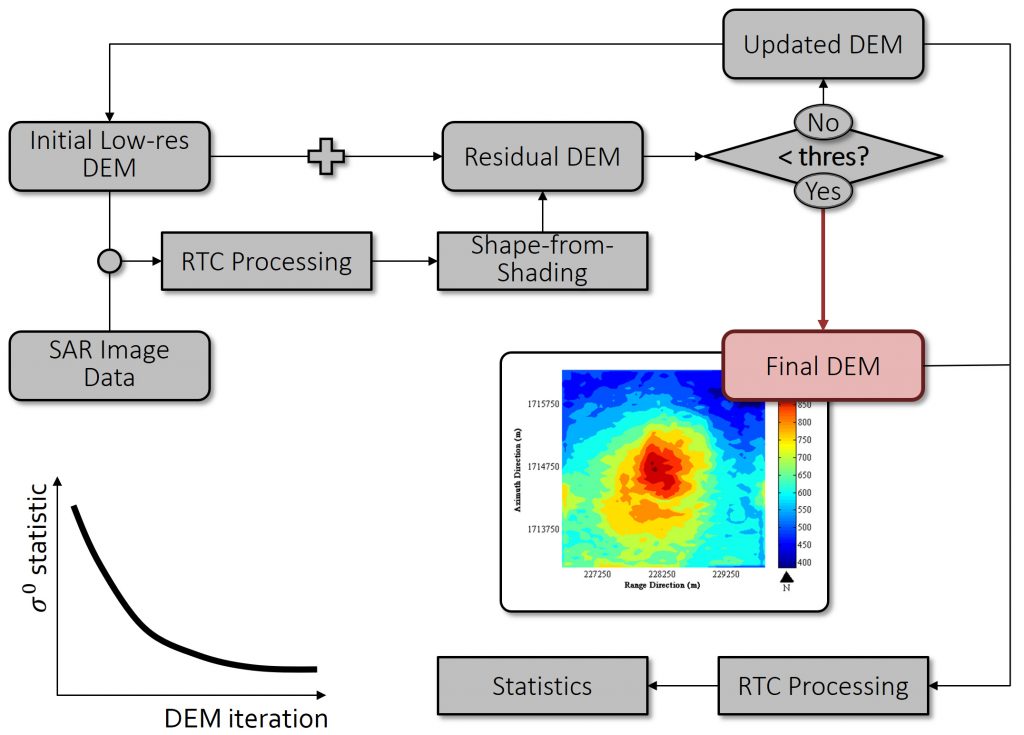Project Description:
In many arid regions, lakes act as critical reservoirs for agriculture, livestock, and wildlife. With an increase in local population, these lakes are under increased threat from over-demand of water resources. The rapid shrinking of the Aral Sea is an excellent example of the consequences of water use exceeding water input.
This project will combine time series of SAR image data from the Sentinel-1 constellation with altimeter data from the Sentinel-3 sensors to evaluate volume loss in selected dryland lakes. Of particular interest are smaller lakes (Sarygamysh Lake and Malheur Lake will be used as examples) and it will be studied how the limited resolution of Sentinel-1 SAR and Sentinel-3 altimetry data affects the quality of derived volume change information.
Student Leading the Project:
Aidan Myers, University of Alaska Fairbanks
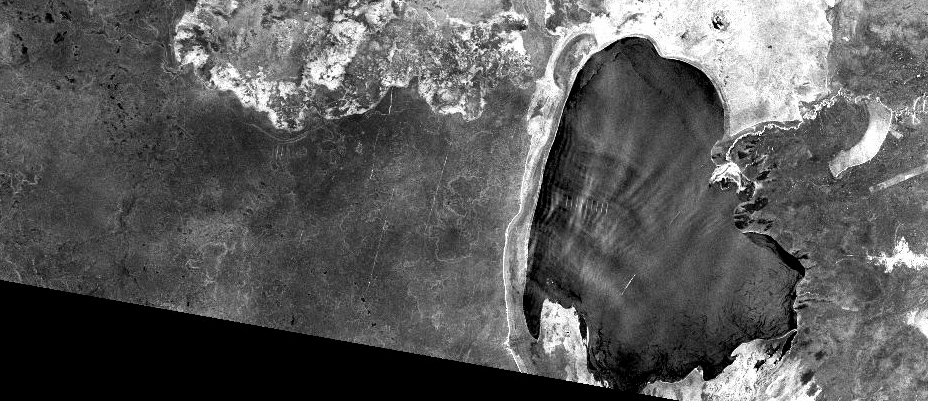
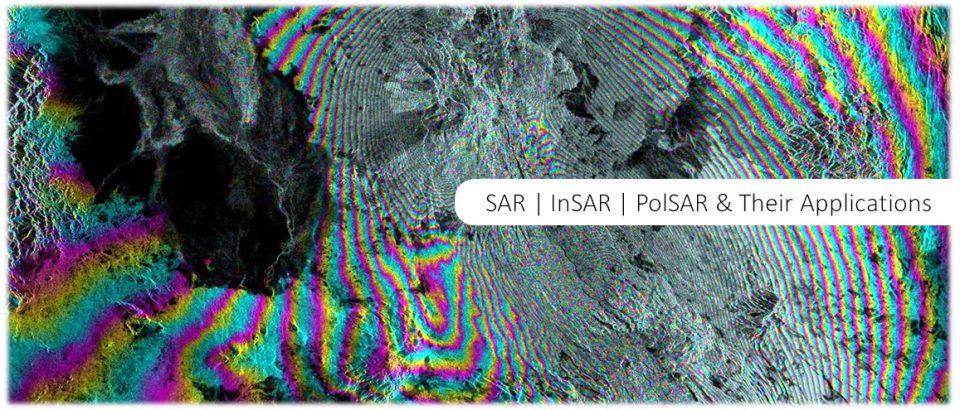
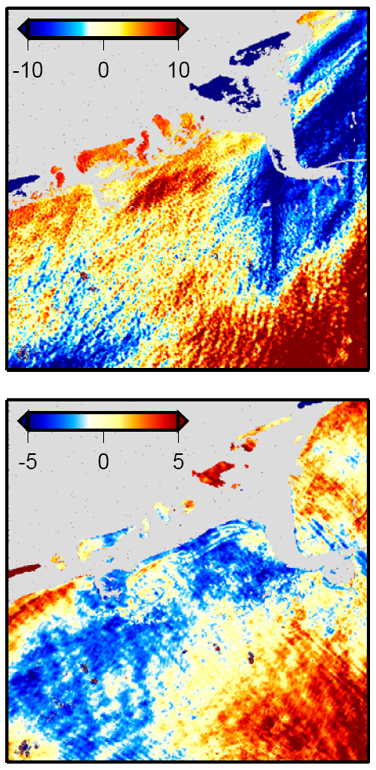 Project Description:
Project Description: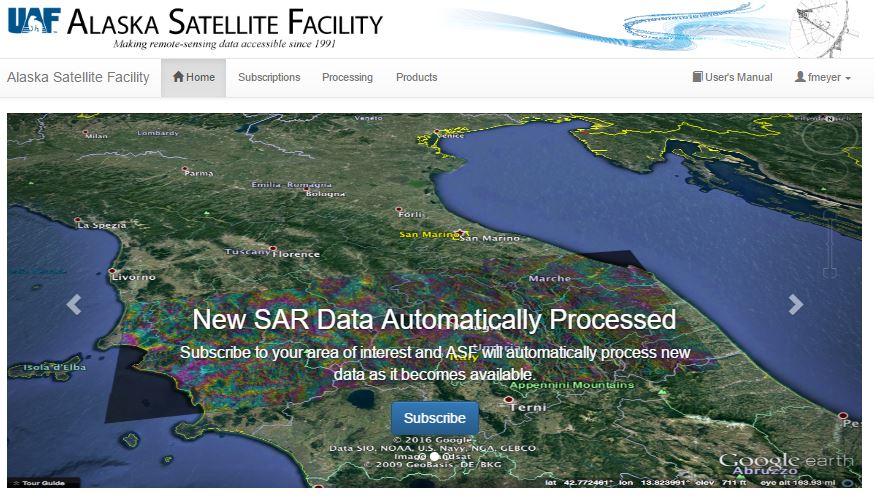
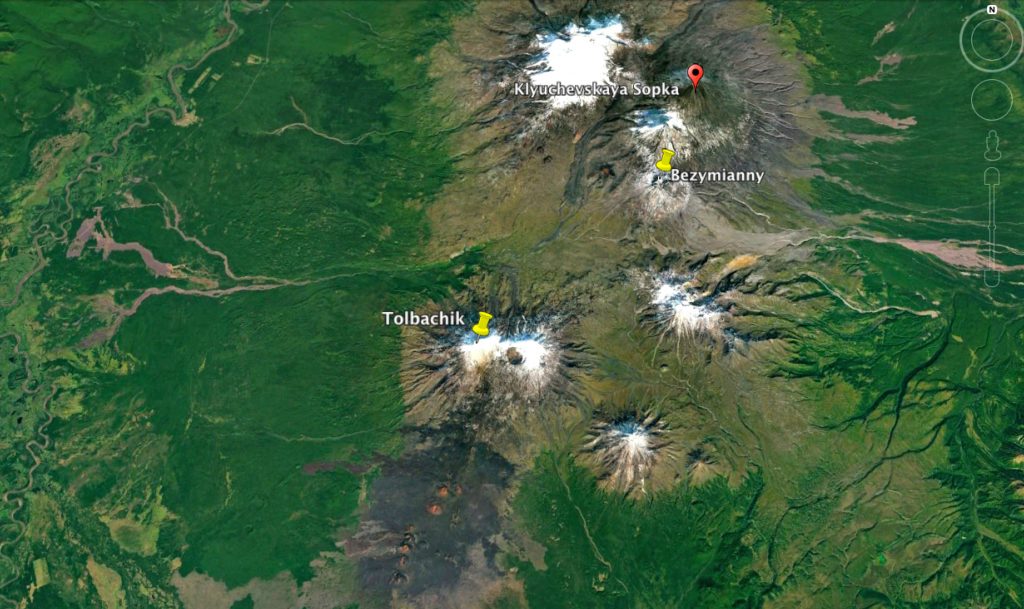
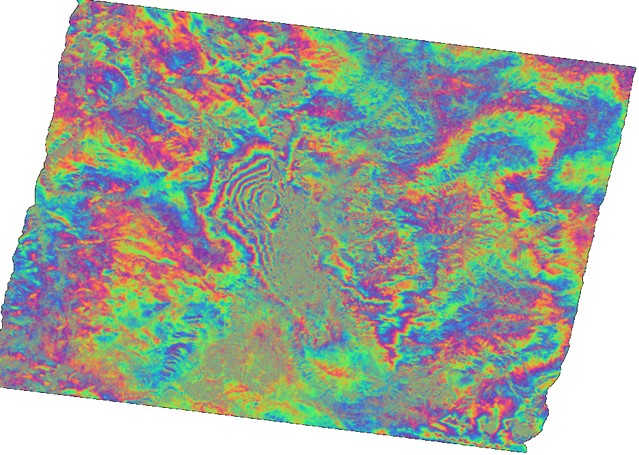
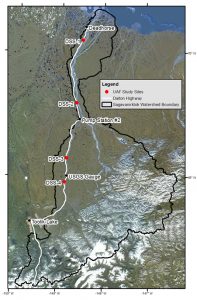 Project Description:
Project Description: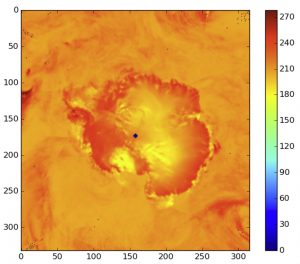 Project Description:
Project Description: